Related Research Articles
The year 1916 in film involved some significant events.
The year 1912 in film involved some significant events.

Florence Lawrence was a Canadian-American stage performer and film actress. She is often referred to as the "first movie star", and was long thought to be the first film actor to be named publicly until evidence published in 2019 indicated that the first named film star was French actor Max Linder. At the height of her fame in the 1910s, she was known as the "Biograph Girl" for work as one of the leading ladies in silent films from the Biograph Company. She appeared in almost 300 films for various motion picture companies throughout her career.
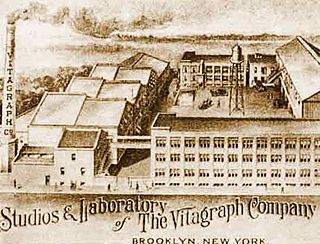
Vitagraph Studios, also known as the Vitagraph Company of America, was a United States motion picture studio. It was founded by J. Stuart Blackton and Albert E. Smith in 1897 in Brooklyn, New York, as the American Vitagraph Company. By 1907, it was the most prolific American film production company, producing many famous silent films. It was bought by Warner Bros. in 1925.

James Oliver Curwood was an American action-adventure writer and conservationist. His books were often based on adventures set in the Hudson Bay area, the Yukon or Alaska and ranked among the top-ten best sellers in the United States in the early and mid 1920s, according to Publishers Weekly. At least one hundred and eighty motion pictures have been based on or directly inspired by his novels and short stories; one was produced in three versions from 1919 to 1953. At the time of his death, Curwood was the highest paid author in the world.

Florence Turner was an American actress who became known as the "Vitagraph Girl" in early silent films.

Mary Claire Fuller was an American actress active in both stage and silent films. She also was a screenwriter and had several films produced. An early major star, by 1917 she could no longer obtain roles in film or on stage. A later effort to revive her career in Hollywood failed in the 1920s after talkies began to dominate film. After suffering a nervous breakdown, she was admitted to St. Elizabeths Hospital in Washington, DC in 1947 and lived there until her death.
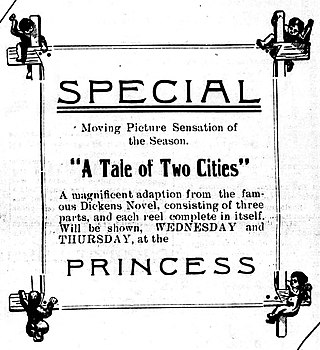
A Tale of Two Cities is a 1911 silent film produced by Vitagraph Studios, loosely based on the 1859 novel by Charles Dickens.

Anita Stewart was an American actress and film producer of the early silent film era.

Laurence Norwood Trimble was an American silent film director, writer and actor. Trimble began his film career directing Jean, the Vitagraph Dog, the first canine to have a leading role in motion pictures. He made his acting debut in the 1910 silent Saved by the Flag, directed scores of films for Vitagraph and other studios, and became head of production for Florence Turner's independent film company in England (1913–1916). Trimble was most widely known for his four films starring Strongheart, a German Shepherd dog he discovered and trained that became the first major canine film star. After he left filmmaking he trained animals exclusively, particularly guide dogs for the blind.

The first American film version of William Shakespeare's Romeo and Juliet was a silent film short made in 1908 made by Vitagraph Studios. Directed by J. Stuart Blackton, it was filmed at Bethesda Terrace in Manhattan, New York.

Jean, also known as the Vitagraph Dog (1902–1916), was a female collie that starred in silent films. Owned and guided by director Laurence Trimble, she was the first canine to have a leading role in motion pictures. Jean was with Vitagraph Studios from 1909, and in 1913 went with Trimble to England to work with Florence Turner in her own independent film company.

Charles Kent was a British-American stage actor and silent film actor and director. He appeared in more than 140 films between 1908 and 1923. He also directed 36 films between 1908 and 1913.
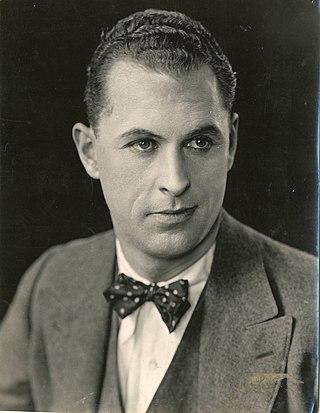
Ralph Waldo Ince was an American pioneer film actor, director and screenwriter whose career began near the dawn of the silent film era. Ralph Ince was the brother of John E. Ince and Thomas H. Ince.

Mary Anderson was an American actress, who performed in over 77 silent films between 1914 and 1923.
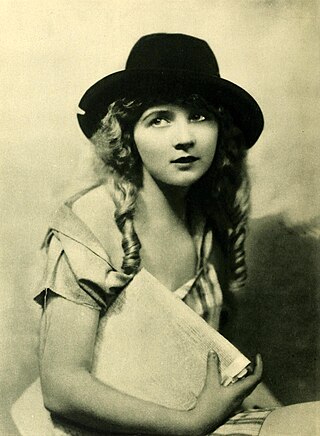
Gladys Leslie Moore was an American actress in silent film, active in the 1910s and 1920s. Though less-remembered than superstars like Mary Pickford, she had a number of starring roles from 1917 to the early 1920s and was one of the young female stars of her day.
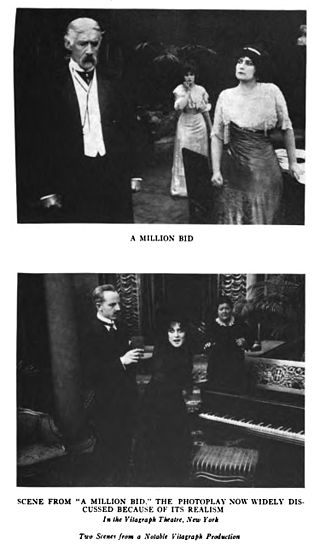
A Million Bid is a lost 1914 silent drama film produced by Vitagraph Company of America, directed by Ralph Ince and starred Anita Stewart. It is based on a stage play Agnes by Gladys Rankin (1874–1914). Later filmed by Vitagraph's successor, Warner Brothers, in 1927 starring Dolores Costello.
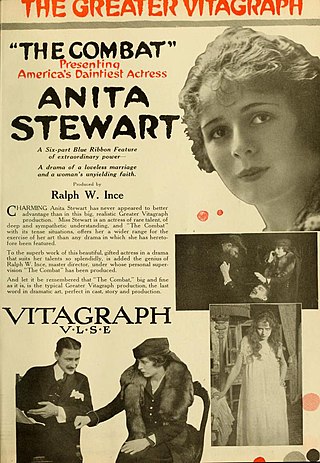
The Combat is a lost silent film drama directed by Ralph Ince and starring Anita Stewart. It was produced by the Vitagraph Company of America.
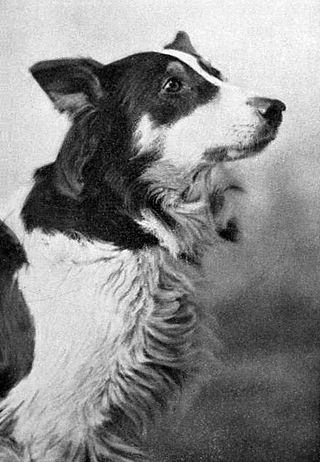
Jean and the Calico Doll is a 1910 short film directed by Laurence Trimble for Vitagraph Studios. It is the first film starring his own dog Jean, a female tri-color collie soon to be famous as the Vitagraph Dog. The drama marks the film debut of Helen Hayes, the first of two films she made with the famous dog in 1910.

Jean Rescues is a 1911 silent film short directed by Laurence Trimble, starring Florence Turner and Trimble's dog Jean. It was produced by the Vitagraph Company of America and distributed through the General Film Company. This film survives in 35mm in the Library of Congress.
References
- ↑ "Jean the Match-Maker". AFI Catalog of Feature Films . American Film Institute. Archived from the original on 2017-08-08. Retrieved 2015-11-28.(Wayback)